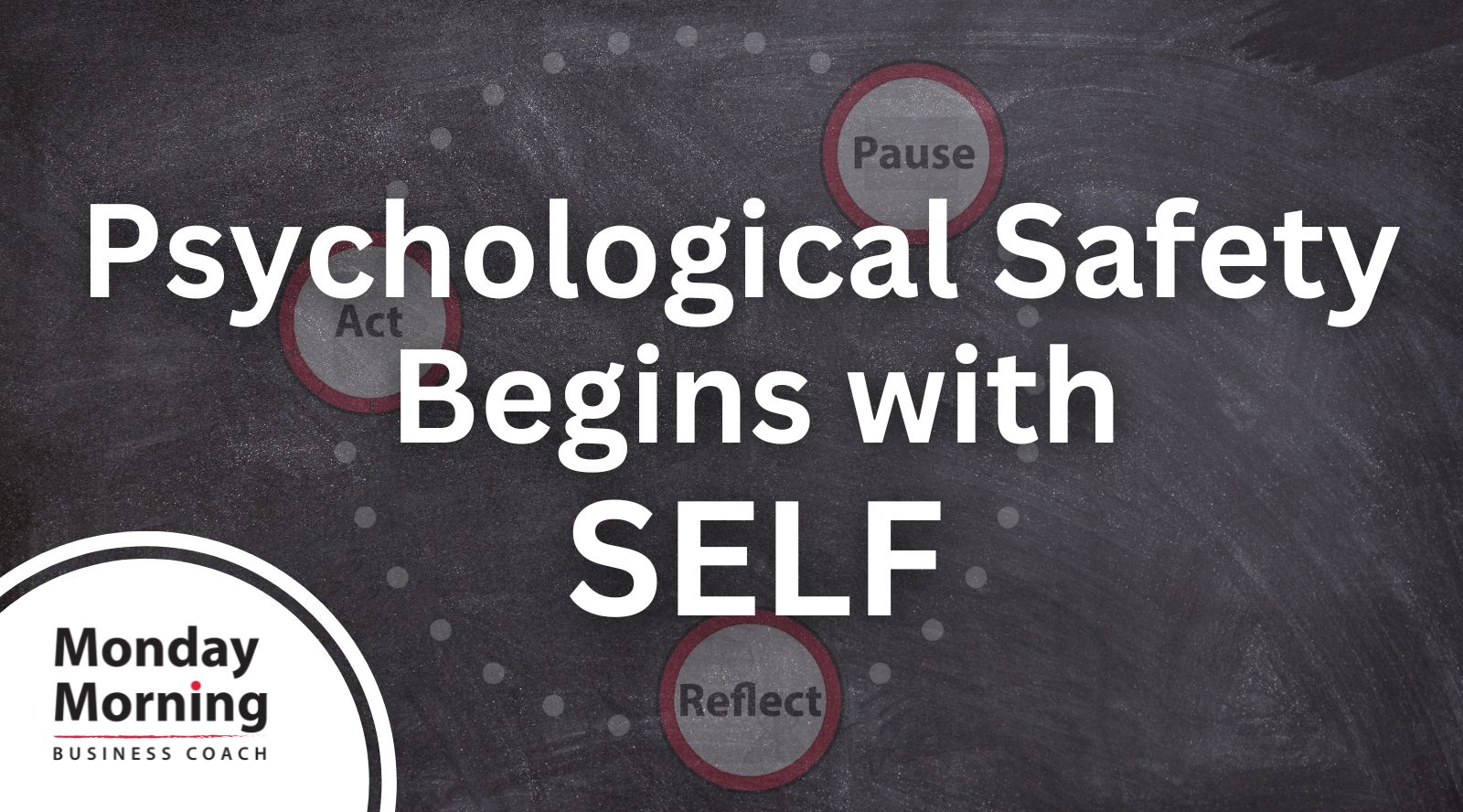We’ve recently been discussing psychological safety and the importance of showing up in a way that creates a sense of trust and belonging with others.
We know that when people believe that they can bring their successes, challenges, requests for support, and differences of opinion, to the group without being judged, they’re more apt to go all in to create success.
In a recent leadership workshop, we were discussing this topic, and a few people were talking about how they felt they were doing a good job of fostering trust and psychological safety for their teams but were feeling like something was missing.
They explained that they have worked hard to create a space where people are both caring to themselves and each other but it still seemed that people were stressed, snarky, and burned out.
These leaders were at a loss.
They genuinely cared about their teams. They were inclusive, compassionate, and found ways to connect with their teams in meaningful ways. As a group and in individual meetings, they discussed successes, challenges, and the importance of self-care and asking for support, as ways to mitigate the high levels of work and life stress.
As we continued our discussion, we uncovered one key factor that they were missing. They weren’t MODELING the self-care or self-compassion part. They were sending conflicting messages that often left their teams questioning it.
In our work, we’ve seen that the swirl of stress that leaders can get caught in, can be seen by employees as contradictory to what they’re being told. Some feel as if their leaders are acting like martyrs and others may get a sense that the leaders’ actions are saying, “we care more about the business because we’re sacrificing more.”
What you say and what you don’t say, is all a form of communication. And, as a leader, it’s imperative that you’re aware of this–even when it comes to your self-care.
The leaders in our workshop thought about the various ways they weren’t modeling a healthy work-life balance for their teams. They realized that their employees were likely witnessing one or more of these behaviors:
- Not asking for support
- Not speaking kindly to themselves
- Working ridiculous hours
- Always checking emails and never unplugging
They began to understand the importance of communication continuity. The people they’re leading were not only absorbing their words, but also their mannerisms, actions, tone, and pace.
They committed to finding ways to take better care of themselves so that they could in turn, create a more solid foundation of trust and psychological safety for their teams.
As you can see from our examples above, using various combinations of our Leader in You framework will support you in creating a foundation of trust and psychological safety on your team.
Consider how you want to show up as a leader in your world and where you feel challenged. Then, look through our Leader in You framework and find the steps that can support you in being your best so that you can support others in being at their best.
Being aware of the competing messages
your team may be getting from you,
can help you create a greater connection with them,
and just as importantly, with yourself.
As a leader, when you’re able to engage your team in open discussions about their successes, challenges, and support needs, AND are able to model a healthy work-life balance as well, you’ll find that the team has a greater sense of belonging, lower levels of stress, and more meaningful connections with one another.
Consider the words you’re communicating about self-compassion and psychological safety and then consider whether you’re also modeling it for both SELF and OTHERS.
Let us know what you find!
If you’d like support
to create psychological safety on your team
contact us today.


